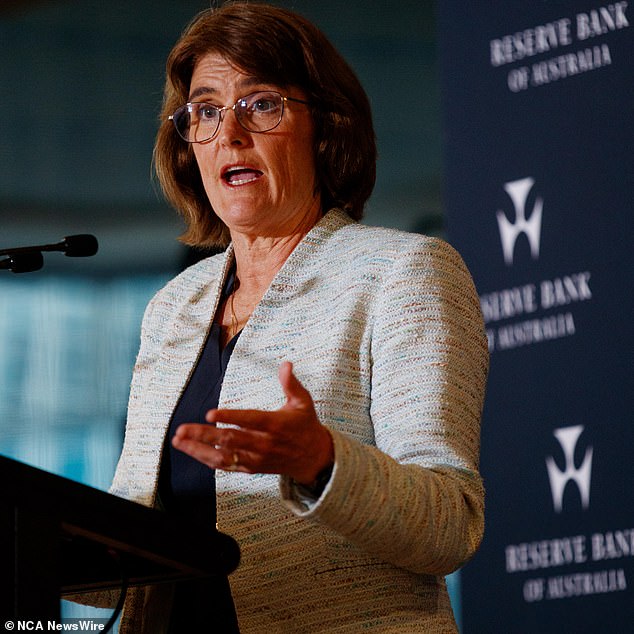PETER VAN ONSELEN: The surprising reasons why America is cutting interest rates while Aussies have endured TWELVE hikes
Overnight, the US Federal Reserve cut interest rates by 0.25 basis points. It is the second cut in US interest rates this year.
The Reserve Bank of Australia, on the other hand, has not cut rates at all in 2024 and issued a statement after its meeting earlier this week saying it will not do so until early next year at the earliest.
Australians have had to endure no fewer than twelve interest rate hikes since the last election.
So no interest rate cuts for Australian borrowers this year, but two interest rate cuts in the US. Why the difference?
RBA Governor Michele Bullock said after this week’s board meeting that underlying inflation in Australia remains too high to cut rates.
Especially if that reality is accompanied by too much government spending, which puts upward pressure on inflation.
In contrast, US inflation is lower than ours, making it easier for the central bank to cut cash rates now.
But there’s another crucial difference that explains why U.S. interest rates are falling while ours are not.
Overnight, the US Federal Reserve cut interest rates by 0.25 basis points. It is the second cut in US interest rates this year. Above, Jerome Powell, Chairman of the Federal Reserve
For starters, US interest rates are higher. Despite the two cuts in US interest rates this year, their cash rate remains higher than ours.
The Australian cash rate is currently 4.35 percent. In the US, interest rates are between 4.50 and 4.75 percent, even after the overnight cut of 0.25 points.
So Americans with loans are paying higher interest rates, despite the recent reduction and despite lower inflation than ours.
This is precisely why politicians who demand that the RBA cut our rates are playing the populist card, without regard to what is appropriate and possible.
The Americans have raised rates more aggressively in recent years when the RBA failed to do so in the ‘fight against inflation’, which now serves them well.
It’s a major reason why U.S. inflation is lower than ours, and why interest rates are falling.
While Labor MPs and partisan economists have tried to point out that Australian inflation is falling back into the RBA’s target range of 2-3 percent, we already know that this is a largely meaningless data point.
Total inflation includes the trick of Treasurer Jim Chalmers who (in his last budget) designed energy rebates in a way that temporarily and artificially lowers headline inflation.
Independent economists called him out on it until they were blue in the face.
The underlying inflation rate puts an end to the treasurer’s deception by excluding the effects of his energy discount on the inflation rate. The underlying inflation is therefore much higher than the total inflation.
Go figure.

Michele Bullock, the RBA governor, rightly ignores Jim Chalmers’ cheating on inflation data when she makes her rate calls
That’s why the RBA governor says this is the only figure of the two she looks at when deciding what to do with rates. And rightly so.
If Chalmers does not understand this important distinction, it only highlights his lack of economic training. Partisan economists who try to focus on the headline figures simply expose their own lack of credibility.
Of course, Chalmers and the unnamed partisan economists understand the difference. They just hope you don’t, so that their deception and false stories will work politically.
So yes, Australia’s inflation problem is homegrown, despite political attempts to the contrary.
And the US central bank deserves praise for its contribution to reducing inflation.
Not something you can say about the RBA, even if it is to be commended for resisting political pressure to cut rates now before inflation is properly under control again.
